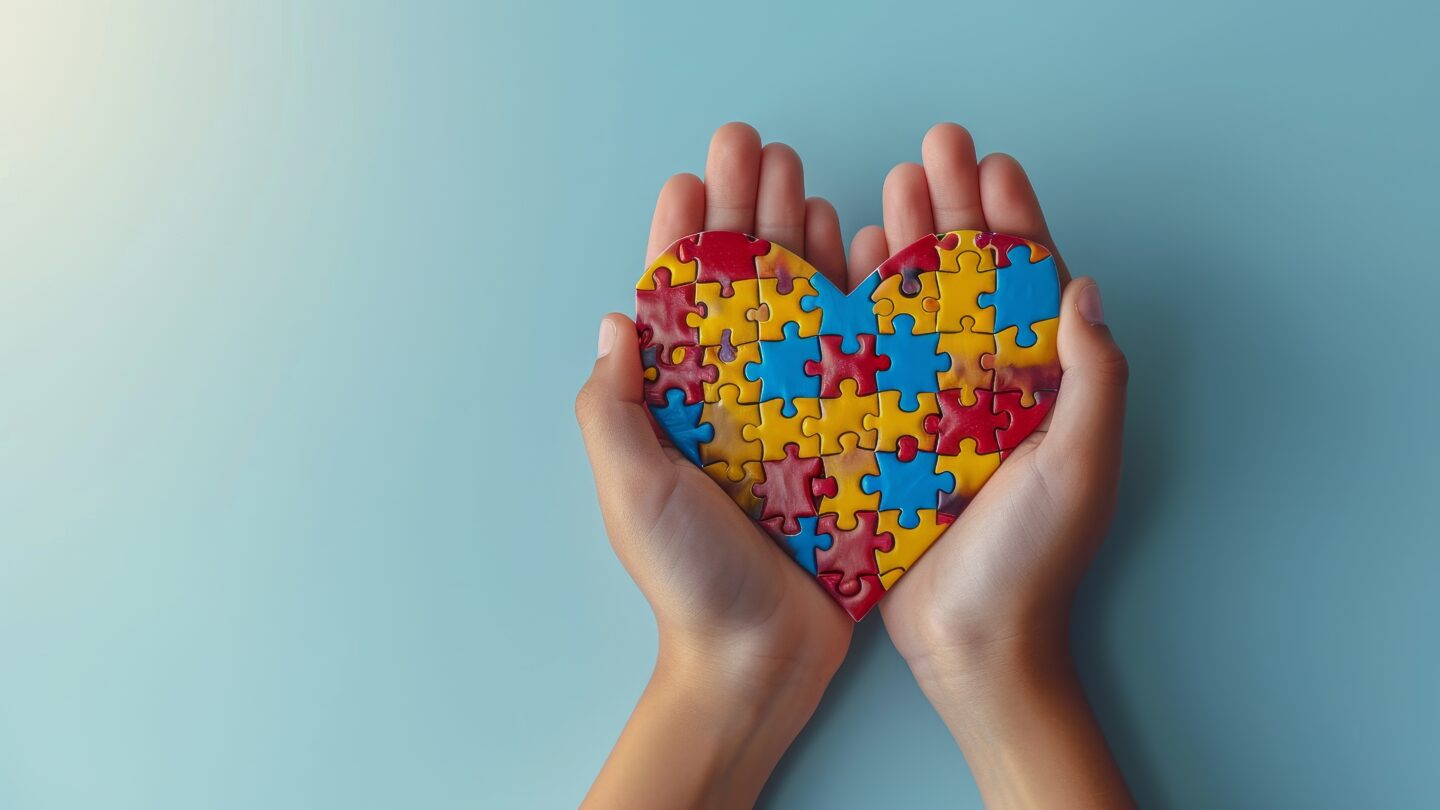Secure Kids
Strengthening the sustainability and impact of child participation mechanisms in disaster risk reduction activities and decision-making processes for building resilient societies.
About
The Secure Kids project aims to contribute to sustainable and inclusive mechanisms for child participation in planning, implementation and follow up of national and local measures for building resilient societies that are equipped to resist, absorb, accommodate, adapt to, transform and recover from the effects of a hazard in a timely and efficient manner, including through the preservation and restoration of its essential basic structures and functions.
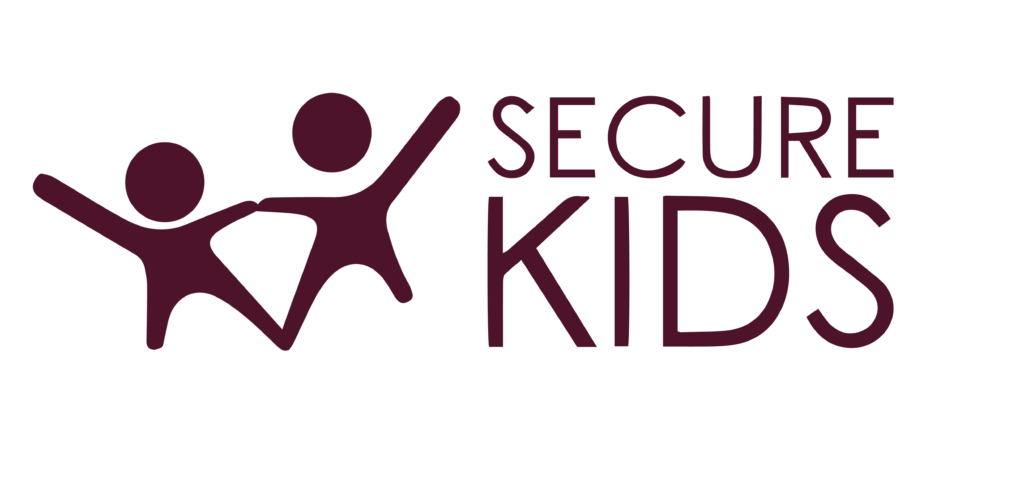
Official website:
- Follow the project development and download output on the official Secure Kids website
Background
In recent years the Baltic Sea Region has been affected by a multitude of disasters and crises of increased interconnectedness and complexity. When combined, they present a severe challenge for the region. Examination of disasters demonstrates that differences in impacts are not the result of a disaster or presence of vulnerable groups, but rather inequitable policies and institutions that fail to include, reach, and protect those already at risk. Children, youth, and young professionals could be leading the way in disaster risk reduction and climate action, but despite evidence of the clear benefits of involving children and youth in disaster risk reduction (DRR) activities to children, youth, as well as to the whole communities and societies, it is still difficult for many authorities and societies to fully accept that children can play an active role in DRR.
Objectives
Strengthening the sustainability and impact of child participation mechanisms in decision making processes at both national and local levels with a specific focus on decisions and action to build safe and secure societies, including their resilience and ability to prevent, prepare, respond, and adapt to different types of hazards and emergencies.
Specific objectives of the project:
- Developing and strengthening child participation mechanisms in disaster risk reduction activities.
- Developing strategic guidance for the implementation of inclusive crisis communication considering children’s needs, concerns, facilitating factors and barriers in crisis communication.
- Equipping relevant actors and children with the knowledge, attitudes, skills and confidence to ensure children’s participation in disaster risk reduction activities.
- Building awareness on children’s rights and their role in disaster risk reduction activities among children, policy makers and various professionals working with children.
Target groups
- Relevant ministries, state agencies (civil protection agencies), local authorities and services, non-governmental organisations with the aim of building capacity, know-how, and procedures for providing voice, space, audience, and influence in decisions that concern planning and action to ensure societies that are safe and secure for children and young people.
- Children both as beneficiaries of the action, and as key actors to be actively involved throughout all project phases.
Partners
Project coordinator: Council of the Baltic Sea States Secretariat (CBSS), Safe & Secure Region – Civil Protection Network and Children at Risk unit.

Project partners: Creative Association for Youth TREPES, Liepaja Municipal Police and Union of the Baltic Cities (UBC).

Duration
1 March 2023 – 28 February 2025
Funding
The Secure Kids project is co-funded by the European Commission’s DG Justice and the project partners.

Contact
For more information about the PA Secure Kids project, please contact Vineta Polatside, CBSS Project manager: [email protected].
Latest News
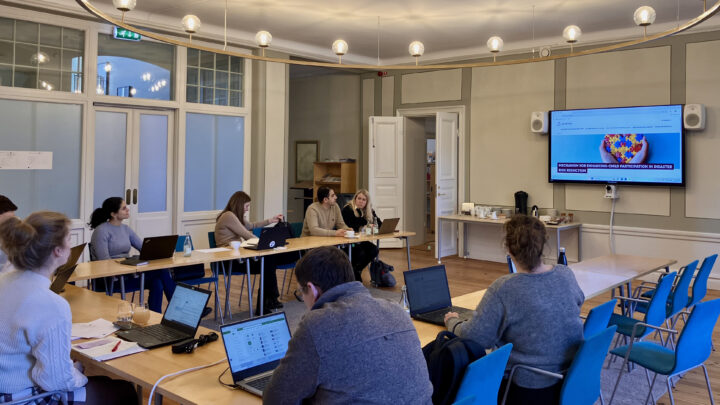
Secure Kids: Advancing Child Participation in Disaster Risk Reduction
On 17-18 February 2025, the Secure Kids project consortium convened in Stockholm to finalise their two-year collaboration. The aim of this partner meeting was to…
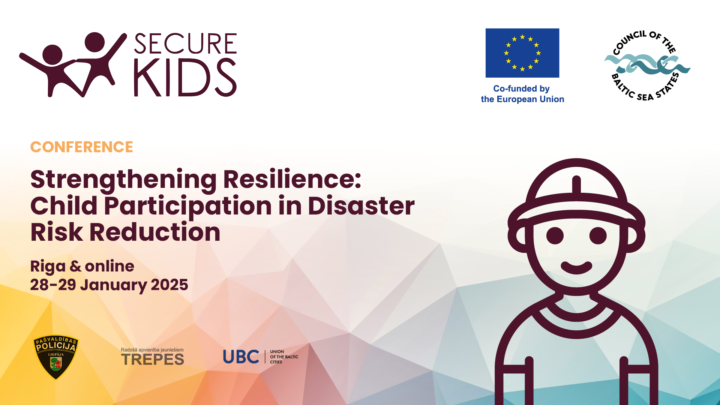
Conference in Riga to Address Child Participation in Disaster Risk Reduction
Child participation in disaster risk reduction (DRR) and resilience-building will be the focus of a conference taking place in Riga, Latvia, on 28–29 January 2025.…
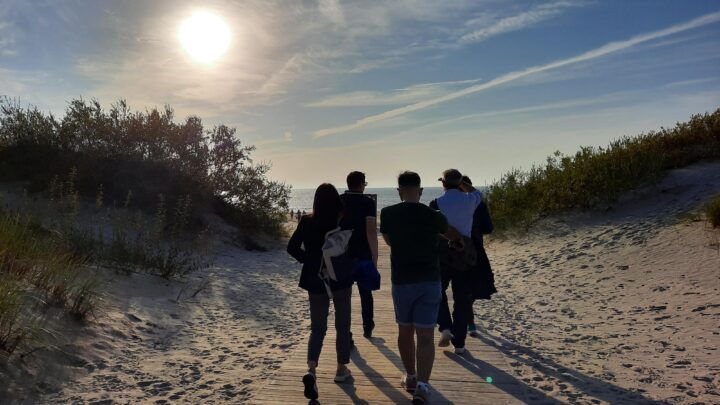
Secure Kids Project Meets in Liepaja to Work on Inclusive Crisis Communication
The Secure Kids project event, hosted by the Liepaja Municipal Police, was held in Liepaja, Latvia, from 17–19 September 2024. It brought together project partners…
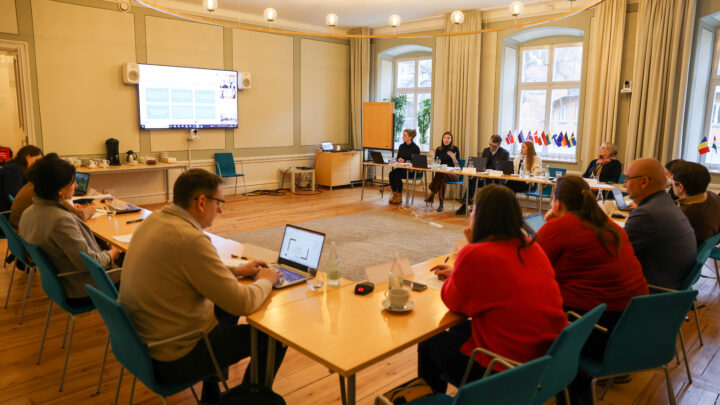
Child Participation in DRR at the Centre of the Secure Kids Project’s Workshop in Stockholm
National experts from the fields of child participation and civil protection in Denmark, Estonia, Finland, Latvia, Lithuania, and Poland gathered at the Council of the…
